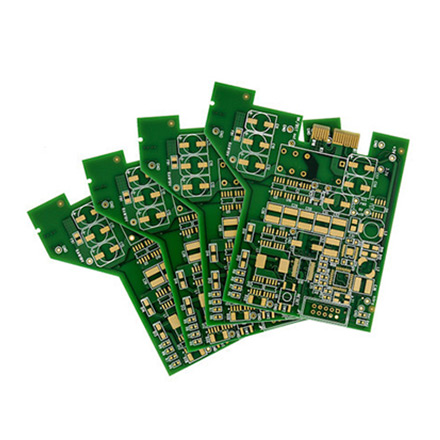

Clear and Frosted Glass A Study in Contrast
Glass has long been a staple of architecture and interior design, revered for its versatility and aesthetic appeal. Among the various types of glass used in building and decor, clear and frosted glass are two significant variants that serve different purposes while embodying unique visual qualities. Each type of glass has distinct characteristics that can dramatically alter the ambiance and functionality of a space.
Clear Glass Transparency and Light
Clear glass is celebrated for its transparency, allowing natural light to flood into spaces while providing unobstructed views of the outdoors. This quality is excellent for creating an open and airy feel in a room, making it appear larger and more inviting. The use of clear glass in windows, doors, and partitions can connect indoor environments with the natural world, blurring the boundaries between them.
Beyond aesthetic merits, clear glass holds functional advantages. It permits visibility and can enhance safety by ensuring that spaces are well-lit and monitored. For instance, in office buildings, clear glass partitions can foster collaboration and communication amongst employees. When used in residential settings, it allows homeowners to enjoy picturesque landscapes without barriers.
However, the very qualities that make clear glass desirable can also pose challenges, particularly in terms of privacy and glare. In public spaces, excessive transparency can make individuals feel exposed, warranting solutions that provide both openness and seclusion.
Frosted Glass Elegance and Privacy

In contrast, frosted glass is renowned for its diffusing properties, which obscure visibility while allowing light to filter through. The frosted finish—achieved through sandblasting or acid etching—creates a soft, muted appearance that exudes elegance and sophistication. This characteristic makes frosted glass an excellent choice for bathrooms, meeting rooms, and other areas where privacy is paramount.
Incorporating frosted glass panels or sliding doors can offer a stylish alternative to traditional privacy solutions like curtains or blinds. Additionally, frosted glass can enhance the design of spaces by acting as a canvas for decorative patterns or art. The interplay of light and shadow on its textured surface adds depth and interest, transforming ordinary spaces into extraordinary ones.
From an energy efficiency standpoint, frosted glass can also play a role in temperature regulation. By diffusing sunlight, it reduces glare and can help maintain a more comfortable indoor climate, which is particularly beneficial in sunny locations.
A Harmonious Blend
In contemporary design, the juxtaposition of clear and frosted glass can be skillfully manipulated to achieve a balanced aesthetic. Architects and designers often combine the two to define spaces while maintaining a sense of openness and light. For instance, a clear glass entryway may lead into a frosted glass conference room, where collaboration occurs undisturbed by onlookers.
In conclusion, both clear and frosted glass offer unique benefits that can significantly affect the ambiance and functionality of a space. While clear glass brings transparency and light, frosted glass lends privacy and elegance. Understanding the attributes of each allows homeowners and designers to create environments that are not only beautiful but also practical, reflecting the perfect blend of openness and intimacy.